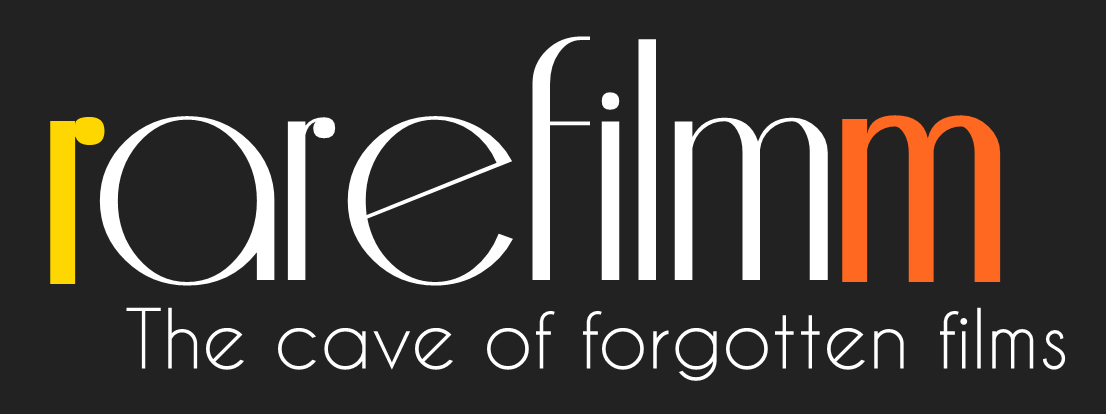Fred Hampton was the leader of the Illinois Chapter of the Black Panther Party. This film depicts his brutal murder by the Chicago police and its subsequent investigation, but also documents his activities in organizing the Chapter, his public speeches, and the programs he founded for children during the last eighteen months of his life.
Category: Documentary
A record of the crucial Civil War period made up mostly of Mathew Brady’s original wet-plate photographs. Relates the story of the war, describing its causes, its battles, leaders, and its effect on the nation.
Ivory’s first, slightly intoxicated film (part of his MA thesis for the University of Southern California) is a documentary on the history of Venice as revealed through the work of some of the artists who have painted its architecture and citizens (from Gentile Bellini to Saul Steinberg).
The film deals with the infamous “Kommando 52”, which was active in the 1960s civil war in the Congo and was recruited mainly from West German men. Among them is the former Wehrmacht officer Siegfried Müller. Based on personal accounts and original material – backed by tape recordings of interviewed mercenaries and photos of murdered Africans – it creates a hard hitting historical document.
Documentary of the life and music of Leon “Bix” Beiderbecke, considered to be the greatest jazz cornet player. Dead at 28 and still a legend. He and Louis Armstrong pioneered the playing of jazz solos. When it was made in 1981 there was no known video of Bix playing. But the documentary surmounted that limitation with the skillful use of music recordings, period stills and movies, Hopper paintings, and extensive interviews with musicians that played with him (e.g., Louis Armstrong, Artie Shaw, Hoagy Carmichael, and many others).
In one of the first postwar films in Yiddish, director Samy Szlingerbaum retells the story of his childhood through his parents’ immigration to Belgium after WW2 and their subsequent failure to adjust. Stunningly photographed, Brussels Transit weaves together haunting footage of postwar Brussels with astounding black and white photography, offering an emotional journey into one family’s poignant longing for a sense of home alongside European Jewry’s overwhelming isolation after the War.
♦♦ Amos Vogel’s “Film as a Subversive Art” ♦♦
In a Refugee Reception Center for migrants in Eisenach, the director gets to know 21-year-old Doris S., who moved to West Germany and returned. When her mother died in 1961, Doris went live with her father. Driven by her desire to see the world, she ended up working as a hostess at the “Pa-pa-Club” at an American army training ground in Baumholder. This film interview tells the story of one person’s fate in a divided Germany.
October 5, 1974, on Santa Fe Street, in the suburbs of Santiago de Chile, Carmen Castillo is wounded and her partner, Miguel Enríquez, head of the MIR, dies in combat. Calle Santa Fe is the journey that Carmen undertakes for her history, for the history of the country and the MIR. A painful but restorative search, traversed by the obsession of knowing whether or not the acts of resistance of his colleagues from the MIR were worth it, whether or not Miguel’s death was felt.
